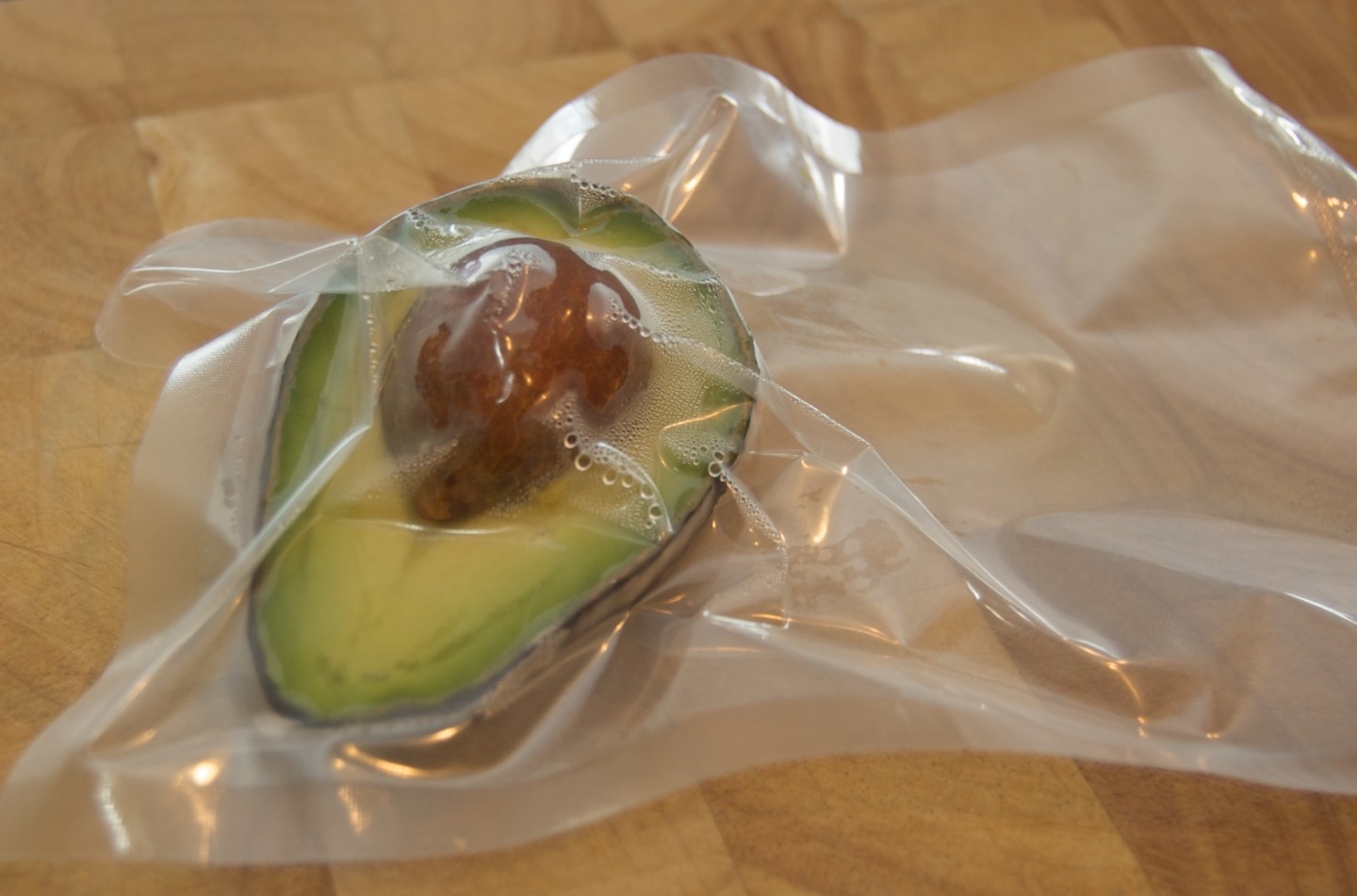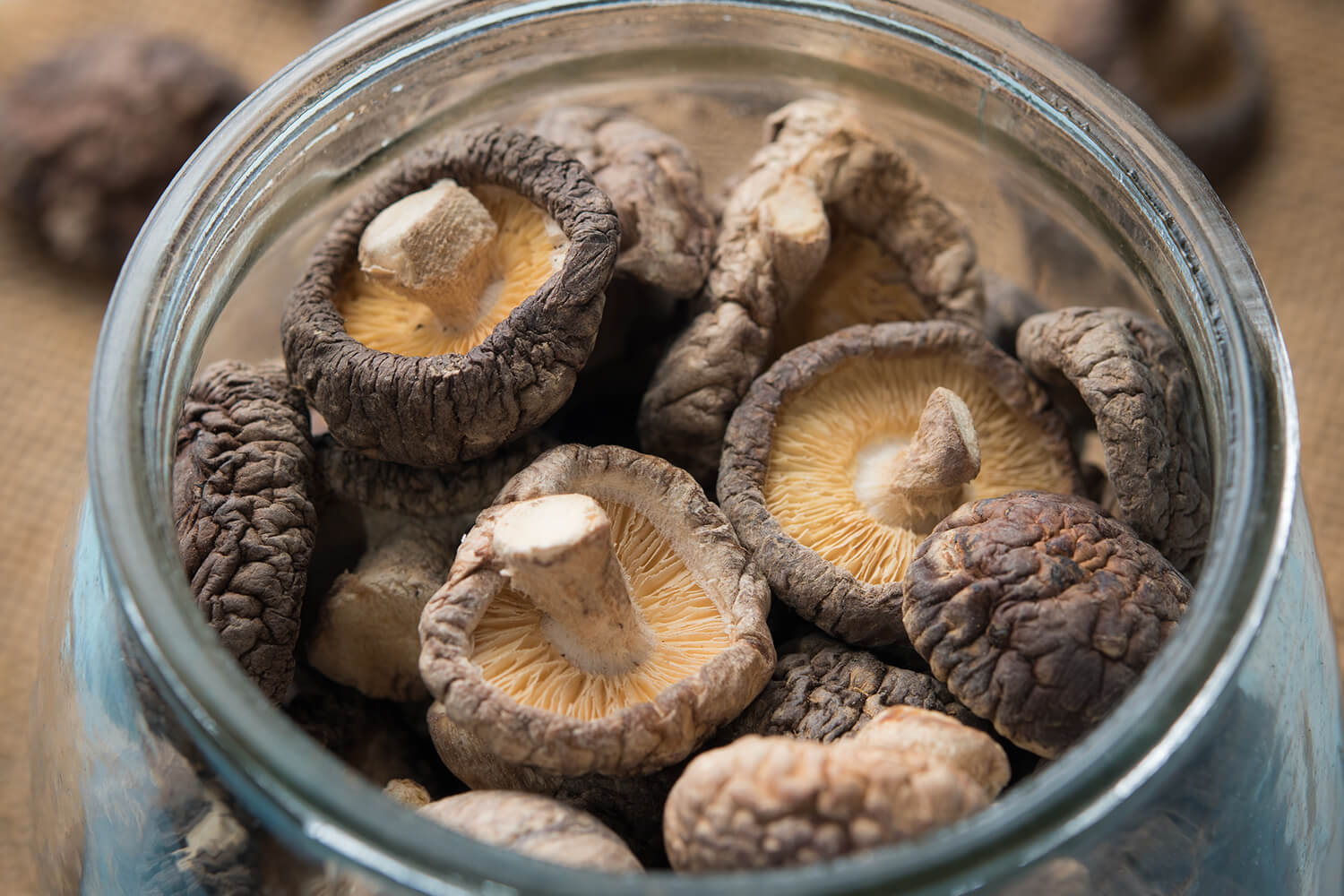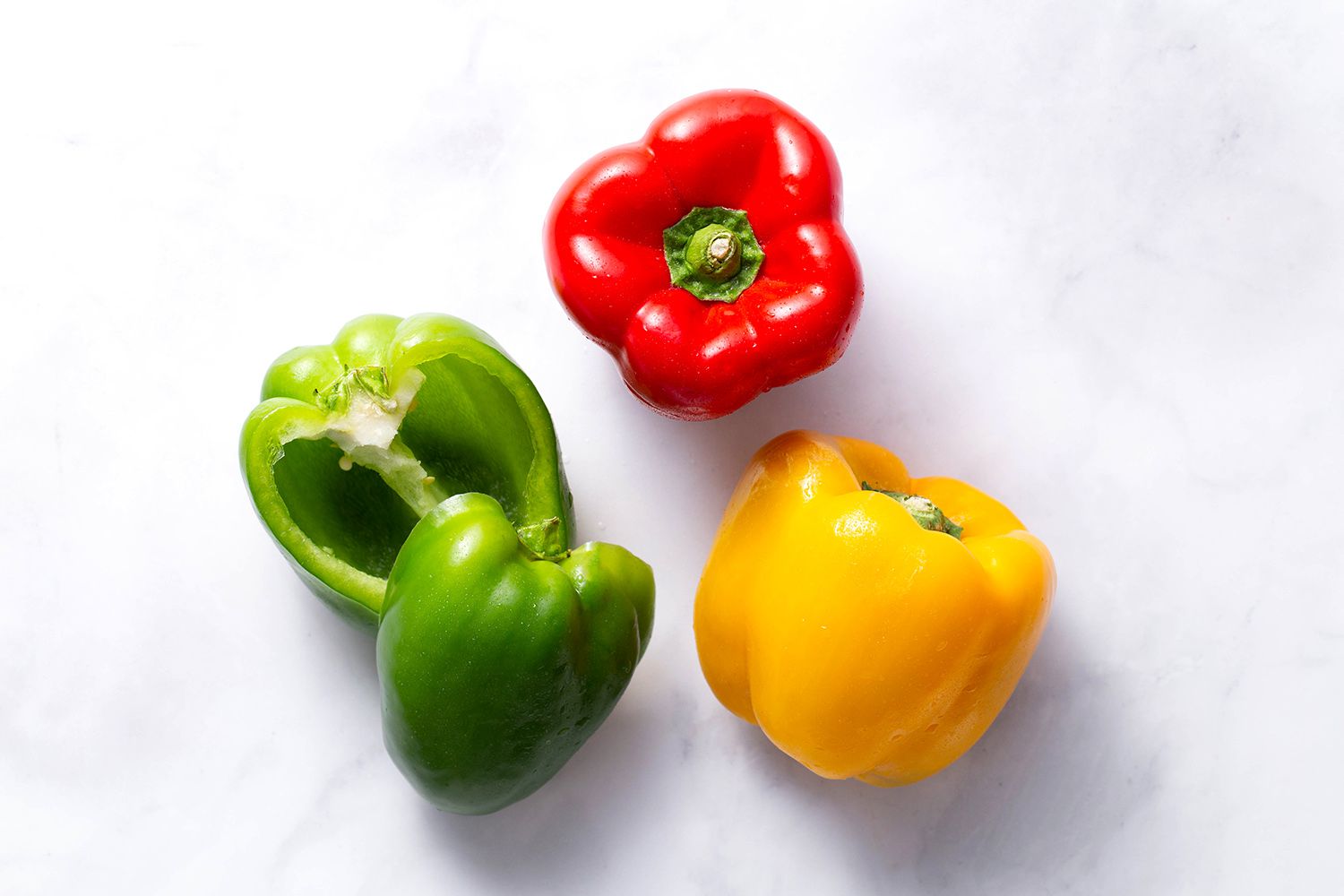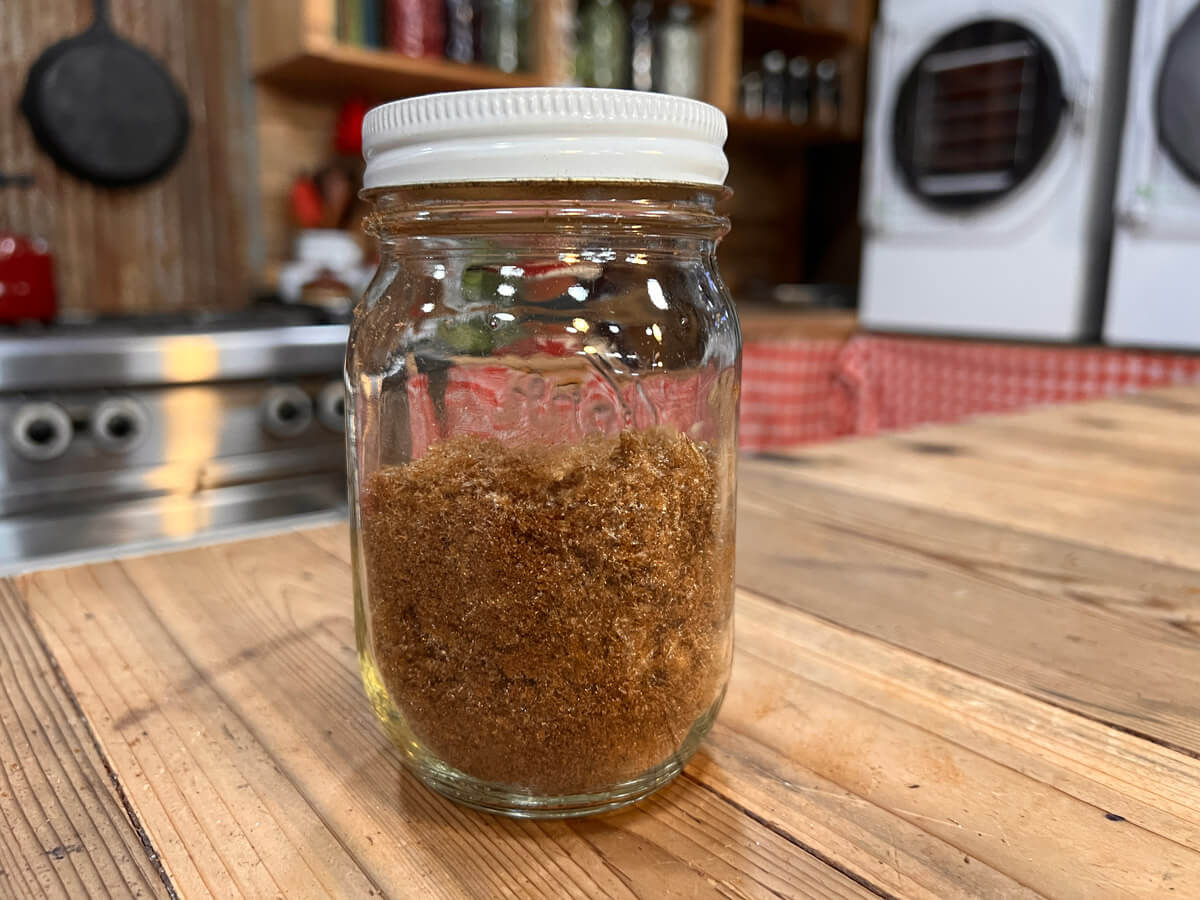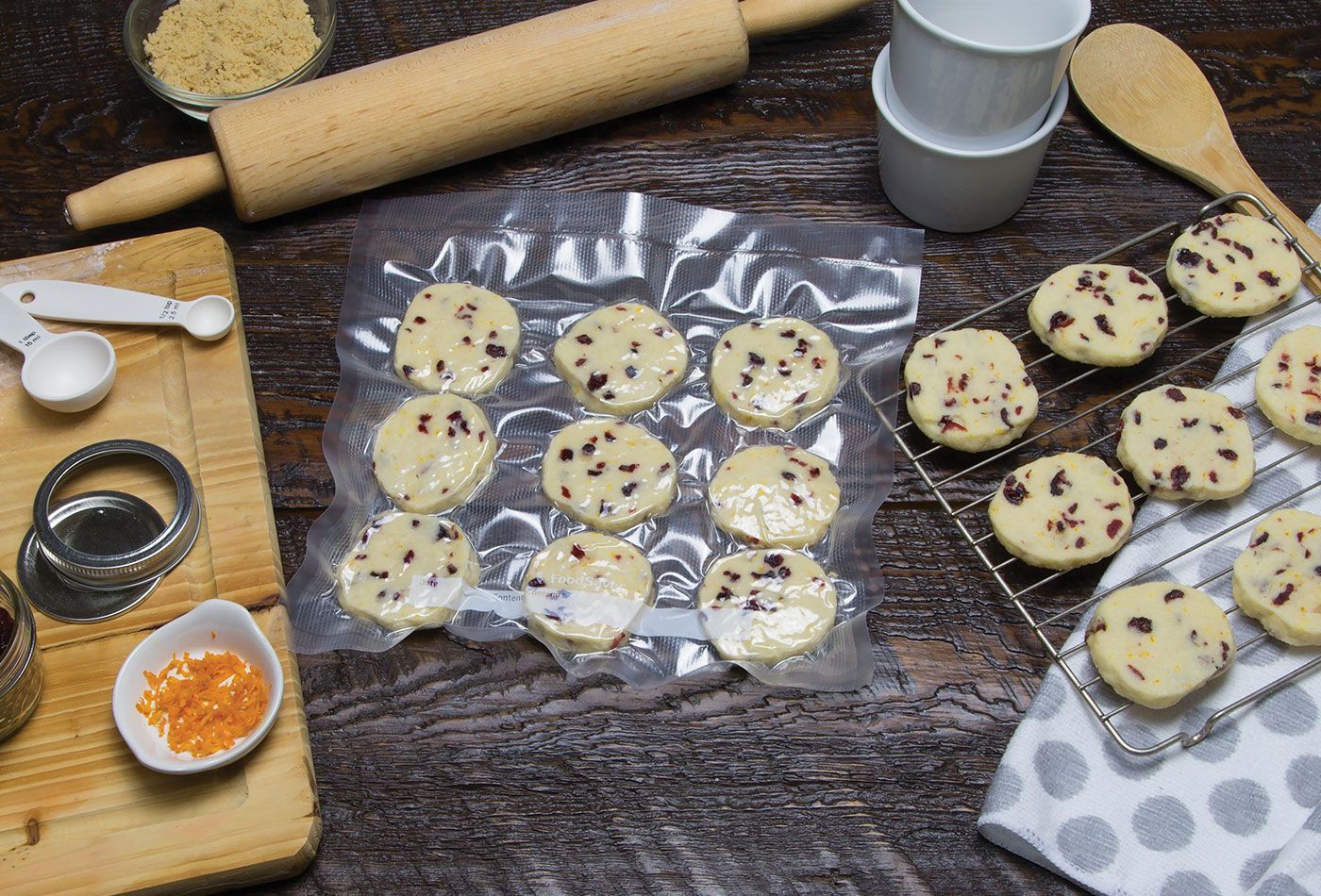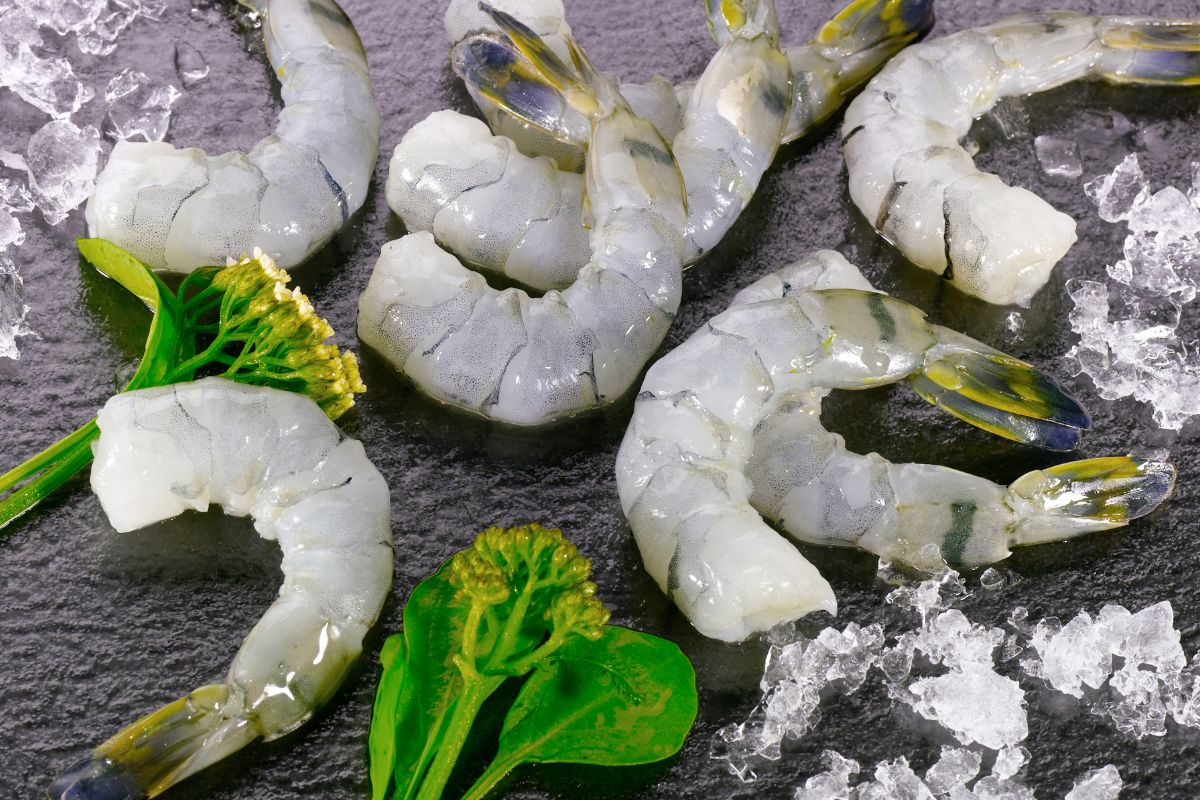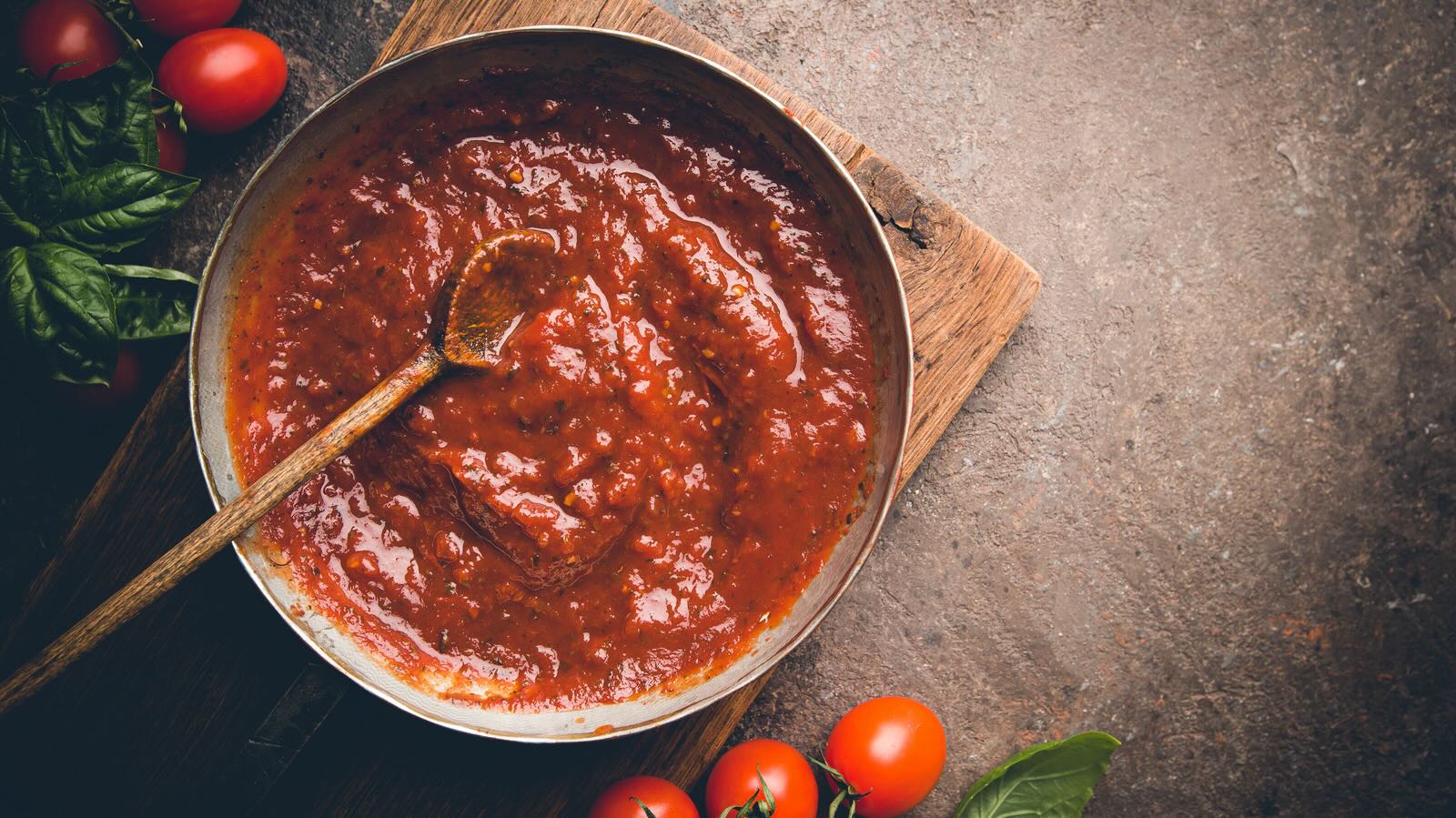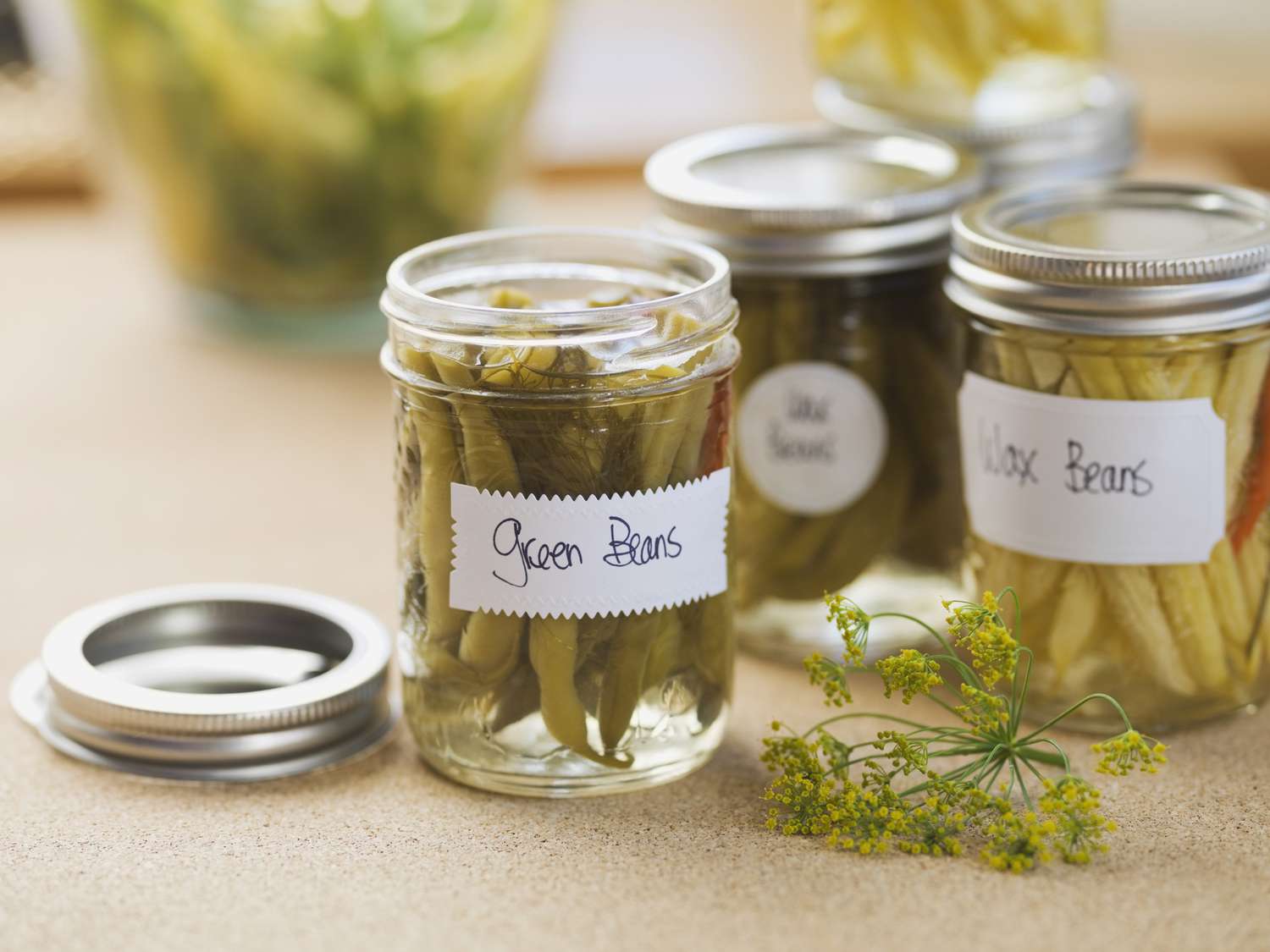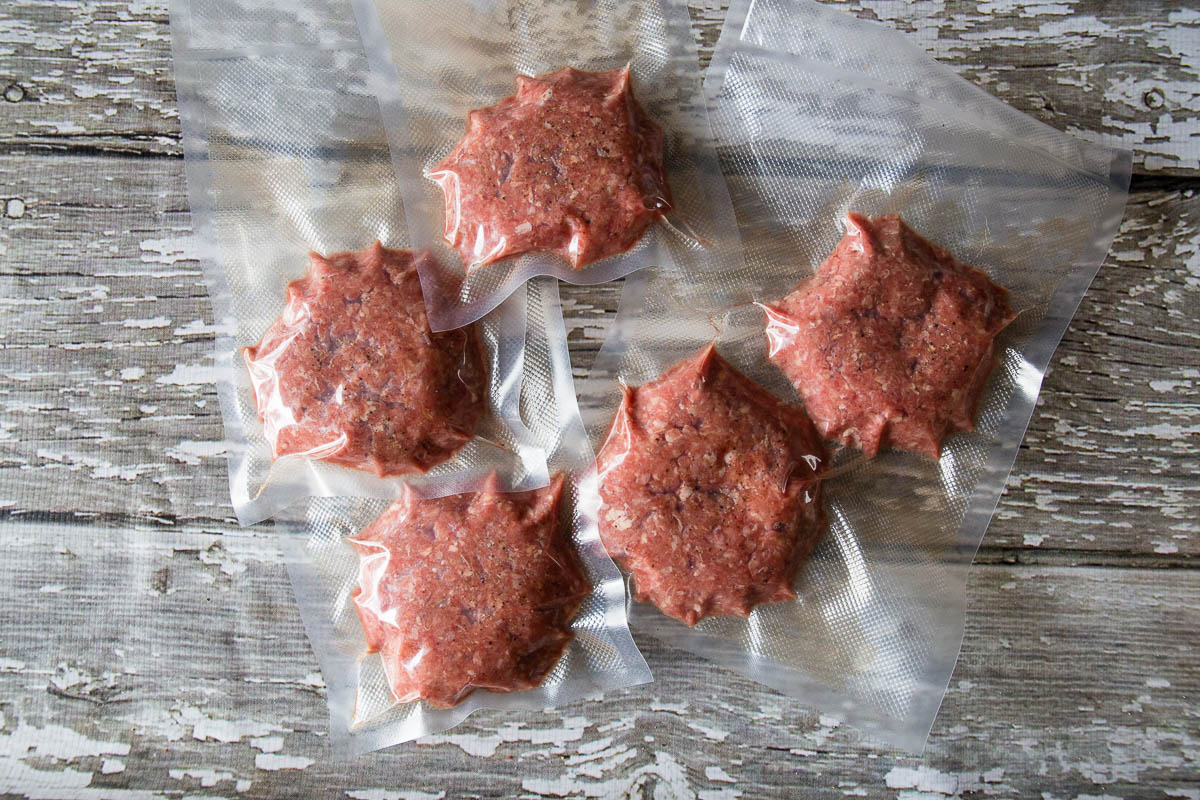Sealing in Freshness: A Guide to Vacuum Sealing Moist Foods
When it comes to preserving the freshness and flavor of moist foods, vacuum sealing is a game-changer. Whether you’re storing marinated meats, juicy fruits, or succulent vegetables, vacuum sealing can help extend their shelf life and prevent freezer burn. In this guide, we’ll walk you through the process of vacuum sealing moist foods to help you keep your favorite ingredients fresh for longer.
Choose the Right Equipment
Before you start vacuum sealing moist foods, it’s important to ensure that you have the right equipment on hand. Here’s what you’ll need:
- A high-quality vacuum sealer designed for moist foods
- Vacuum sealing bags or rolls specifically designed to handle moisture
- A clean, dry work area
Prep Your Foods
Before you begin the vacuum sealing process, it’s essential to properly prepare your moist foods. Here are a few tips to keep in mind:
- Pat dry: Use a paper towel to gently pat dry the surface of moist foods to remove any excess moisture.
- Pre-freeze: For particularly juicy items like berries or sliced fruits, consider pre-freezing them for a short period to help retain their shape during the vacuum sealing process.
- Use marinades sparingly: If you’re vacuum sealing marinated meats or vegetables, be sure to remove excess marinade to prevent it from being sucked into the vacuum sealer.
The Vacuum Sealing Process
Now that your moist foods are prepped and ready, it’s time to start the vacuum sealing process. Follow these steps for optimal results:
- Cut the bag: Cut a vacuum sealing bag or roll to the desired size, leaving enough room to accommodate the food and allow for a proper seal.
- Seal one end: Use the seal function on your vacuum sealer to create one end of the bag, leaving the other end open for filling.
- Fill the bag: Carefully place your prepped moist foods into the bag, ensuring that you leave enough space at the top for sealing.
- Seal the bag: Once the bag is filled, carefully place the open end into the vacuum sealer and initiate the vacuum and seal function. The vacuum sealer will remove the air from the bag and create a tight seal to lock in freshness.
Storage and Usage Tips
After vacuum sealing your moist foods, it’s important to store them properly to maintain their quality. Here are some helpful tips:
- Label and date: Always label your vacuum-sealed bags with the contents and date of sealing to keep track of freshness.
- Freezing: For foods that require freezing, lay the vacuum-sealed bags flat to maximize space and allow for quick thawing when needed.
- Refrigeration: If you’re storing vacuum-sealed moist foods in the refrigerator, ensure they are placed away from raw meats and other potential contaminants.
Benefits of Vacuum Sealing Moist Foods
Vacuum sealing moist foods offers several benefits, including:
- Extended shelf life: By removing air and sealing in freshness, vacuum sealing can help moist foods stay fresh for longer periods.
- Prevention of freezer burn: Vacuum-sealed moist foods are less susceptible to freezer burn, preserving their texture and flavor.
- Convenient portioning: Vacuum sealing allows you to portion out moist foods for easy meal planning and quick, convenient usage.
With these tips and techniques, you can confidently vacuum seal your favorite moist foods to enjoy their fresh flavors for an extended period. Whether you’re a meal prep enthusiast or simply want to reduce food waste, mastering the art of vacuum sealing moist foods is a valuable skill that can benefit your kitchen routine.
Was this page helpful?
Read Next: How To Vacuum Seal Fresh Corn Off The Cob
